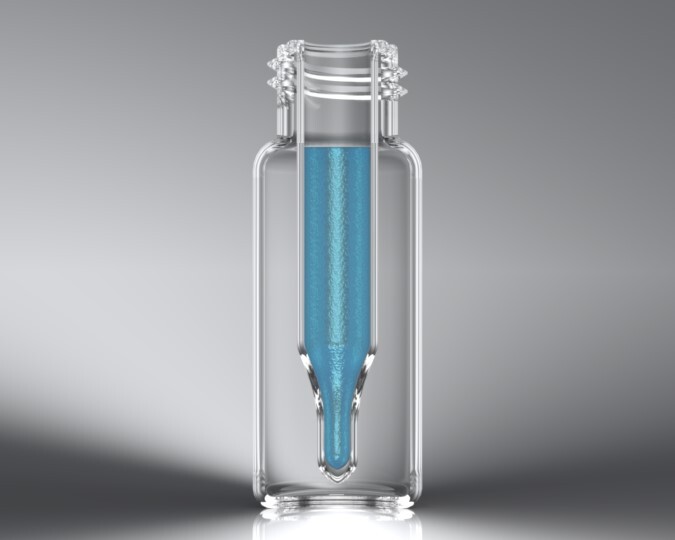Choosing the Right Vial: Screw Thread vs. Snap Cap vs. Crimp Top
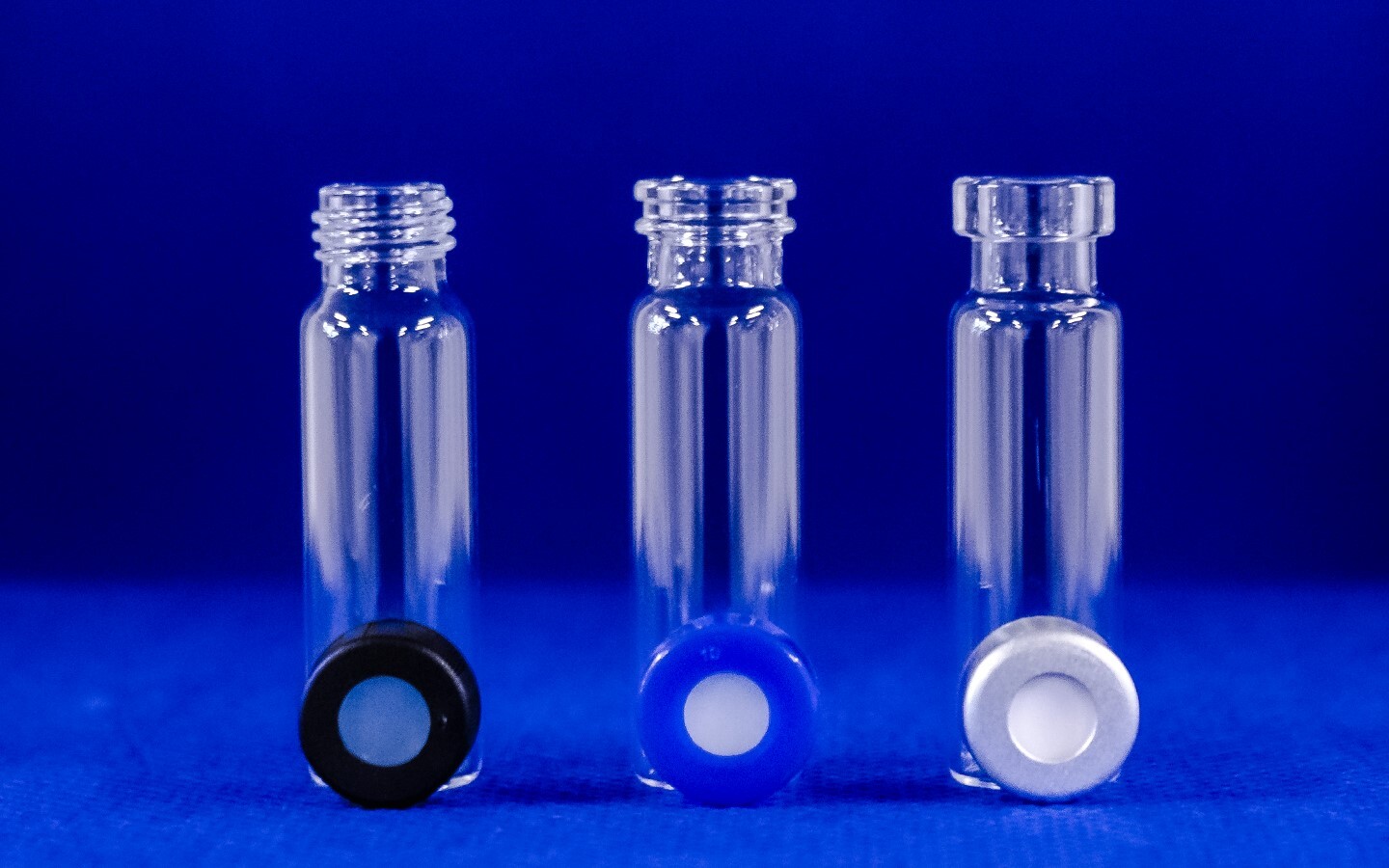
|
Factor |
Screw Cap |
Snap Cap |
Crimp Top |
|
Best For |
HPLC, routine use |
High-throughput labs |
GC, volatile samples |
|
Seal Strength |
Moderate |
Weak |
Strongest |
|
Ease of Use |
Easiest (twist) |
Easy (push) |
Requires tools (crimp) |
|
Multiple Injection |
Yes |
Yes |
No |
|
Long-Term Storage |
Good |
Not Ideal |
Best |
For a balance between security and convenience, screw thread vials work best. If you need quick access, go with snap caps, however they are much harder to remove than screw caps. If you’re handling volatile samples where an airtight seal is essential as many Gas Chromatography methods dictate, crimp tops are your best option.
1mL Vials:
The 1mL vial format are denoted as 8x40 mm and can be referred to as shell vials as they do not have a specialized top, just an opening. These vials measure 8 mm in diameter and 40 mm in height. They are commonly used in chromatography applications but require the use of a plug cap, usually polyethylene instead of the 2ml type caps. They are often used for single injections. They also can accommodate low volume inserts for sample limited analysis.
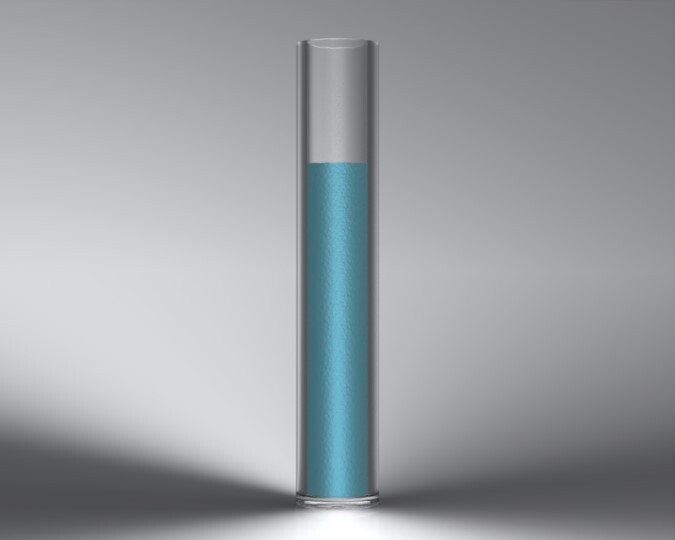
2mL Vials:
For Chromatography there is a general standard configuration and set of specifications for 2mL vials (UNSPSC Codes Commodity: 41121806). They are usually denoted as 12 x 32mm in dimensions. This refers to the diameter of each vial (12mm) and the height (32mm). They are also usually accepted to have a screw opening and screw thread referred to as 9-426. The 9-426 thread specification refers to the 9 mm outer diameter of the vial's neck with a 426-style thread, accommodating corresponding 9 mm screw caps. These are standard formats suitable for use in almost all Chromatography systems.
Many companies certify that their products conform to dimensional specifications, although some note that there may be variation between lots. This is usually not an issue as most users partially fill their vials. Howeverfor those looking for maximum volume storage should the actual practical volume. As an example 2mL vials are usually dimensionally certified as being 12 x 32mm by most manufacturers which would give an assumption that they all hold 2mL of fluid equally. However the shoulder designs differ and where many do hold 2mL of fluid, dropped shoulder vials would overflow with their lower capacity.
For 2mL format vials, apart from the common screw threaded version there are also snap cap and crimp top formats. The choice between screw thread, snap cap, and crimp top vials depends on the application, sample volatility, and convenience required. Here's a comparison to help you decide.
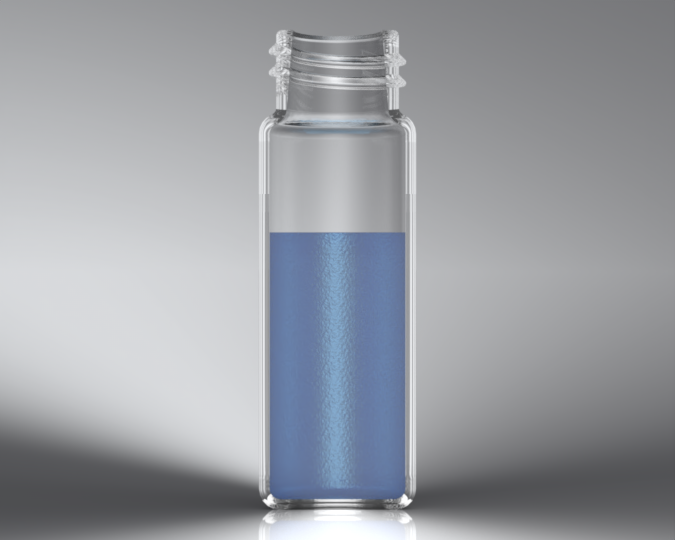
3mL Vials:
The 3mL Format is often used for Lyophilization and comes with rubber stoppers or with standard caps and septa. This larger volume is preferred over the 2mL standard size
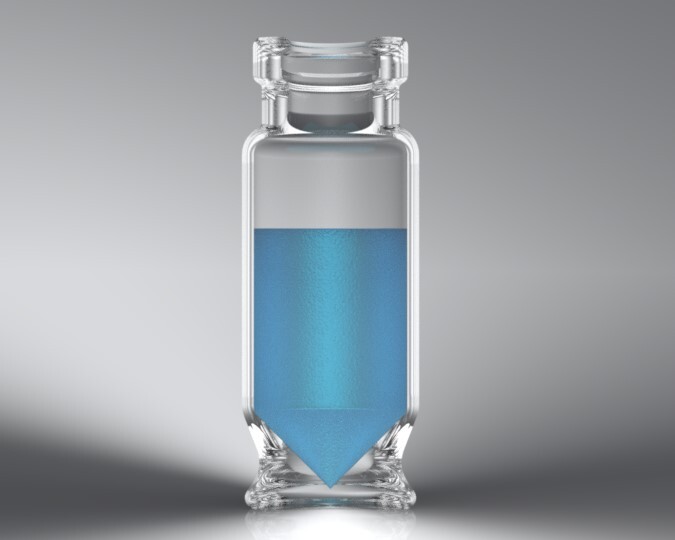
4mL Vials:
The 4 ml Format typically measures 15 x 45 mm and have a screw thread of 13-425. They are used for larger volume samples than the 2mL vial format and just like the 2ml format are suitable for HPLC and LC-MS applications. They are often used as Library storage vials due to the need for occassional larger volume storage needs and come with Flat bottom or with center draining designs. They have also been used with older systems or ones with specific uses. Several autosampler systems from brands like Dionex, Shimadzu, Waters and Thermo Scientific are compatible with 4 mL vials, including:
- Shimadzu 48-Position Autosamplers: Utilize 4 mL vials for liquid injection applications.
- Waters WISP 48-Position Autosampler: Designed to accommodate 4 mL vials for efficient sample handling.
- Agilent Autosamplers (Models 7673, 7683, and 7693): Employ 4 mL vials for rinse and waste purposes.
- Thermo Scientific AS 1310 Autosampler: Compatible with 4 mL vials for sample processing.
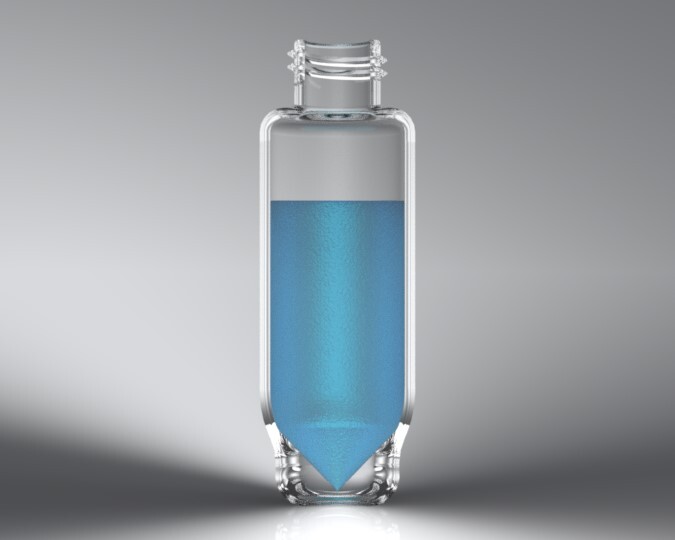
5mL Vials:
The 5mL vial is the largest analytical vial, cap and septa kit with the largest volume for storage. This is a center draining design for easy access to the lowest residual volumes.
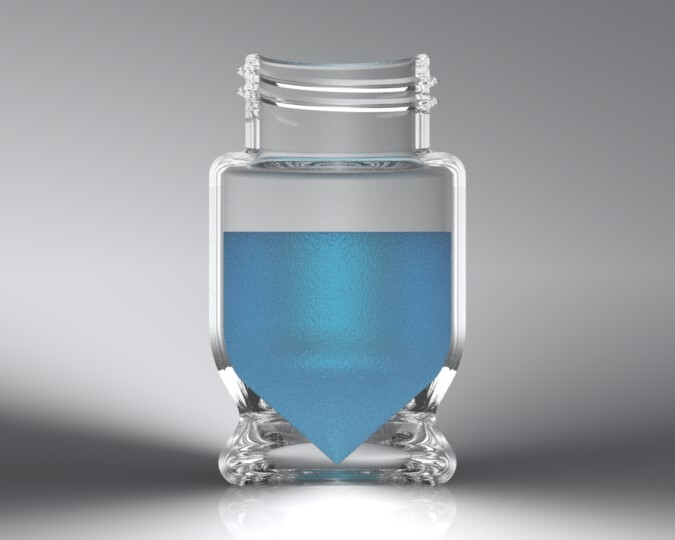
Vial Inserts:
Vial Inserts are used to reduce sample volumes and waste. They allow greater injection volumes from small sample sizes which can improve sensitivity and sample recovery in HPLC/GC analytical methods. They are available in glass or plastic (usually Polypropylene) formats.
Inserts can be flat-bottomed for general use, maximizing recovery, or conical for low-volume samples. They may use metal springs or polysprings to ensure consistent needle access and stability. Newer versions, called QSerts, have the insert fused to the carrier vial's bottom and top, eliminating the need for a spring and allowing for centrifuge use.
QSerts are favored for their ease of use and the prevention of leakage into the carrier vial. Additionally, the design innovations of QSerts contribute significantly to improving efficiency and reliability in various laboratory processes.
